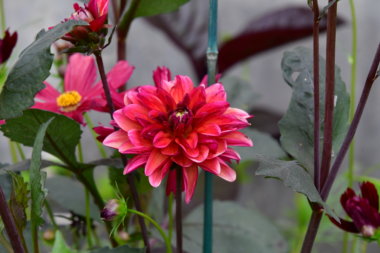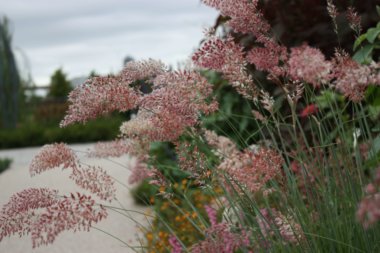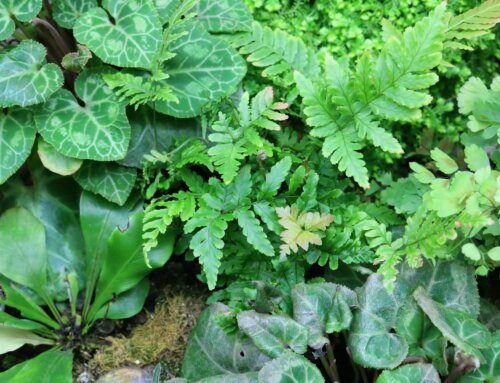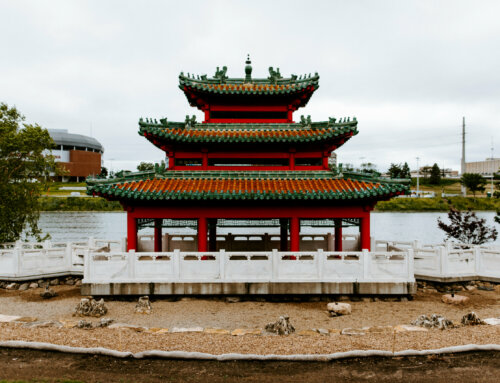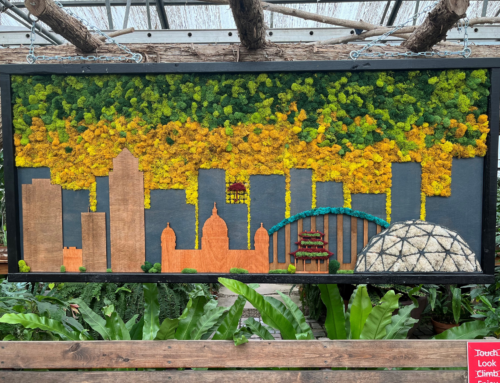How Flower Geometry Inspires Garden Design
 According to Leslie Hunter, Botanical Garden horticulturist, designing a garden can be an exercise of joy and madness. Attempting to coordinate size, shape, color, bloom time, fragrance, light and moisture requirements all present unique challenges to any gardener.
According to Leslie Hunter, Botanical Garden horticulturist, designing a garden can be an exercise of joy and madness. Attempting to coordinate size, shape, color, bloom time, fragrance, light and moisture requirements all present unique challenges to any gardener.
Another aspect worth considering is the shape of flowers and how several shapes can intermingle in a planting scheme. A bed full of daylilies in bloom can be impressive, but endless repetition of one flower shape is predictable and underwhelming. But if you place a daylily beside an Echinacea and a Salvia, then you have a vignette with contrast and interest.
Leslie always considers shape when creating the annual border in the Koehn Garden, thoughtfully including layers of contrasting and complimenting textures. For example, she likes to place spikes alongside umbels and capitulums (that’s a daisy, if you were wondering) with wisps of grassy panicles to create waves of floral vignettes worth discovering. Here are Leslie’s top five plant picks for creating diverse shapes and structures along annual borders.
1. Spike

Salvia involucrata ‘Rosebud Sage’
Tall spikes of bright pink flowers hover all summer, and I love the hum of all the pollinators it attracts.
2. Umbel
 Verbena bonariensis (purpletop verbena)
Verbena bonariensis (purpletop verbena)
Purple balls on slender stems seem to dance between nearby plants. The coarse yet delicate texture of this South American weed floats above any planting.
3. Capitulum
 Echinacea ‘Merlot’ and ‘Leilani’ (coneflowers)
Echinacea ‘Merlot’ and ‘Leilani’ (coneflowers)
Who doesn’t love a good daisy? I like to repeat these large yellow and magenta flowers throughout to create bold pockets of color.
4. Capitulum
The bright rays of hot pink daisy-shaped flowers float above the border and contrast nicely against their dark foliage. For me, the contrast of moody, thick foliage and bright, sunny flowers create repetitive pops of color that lead the eye down the wall.

